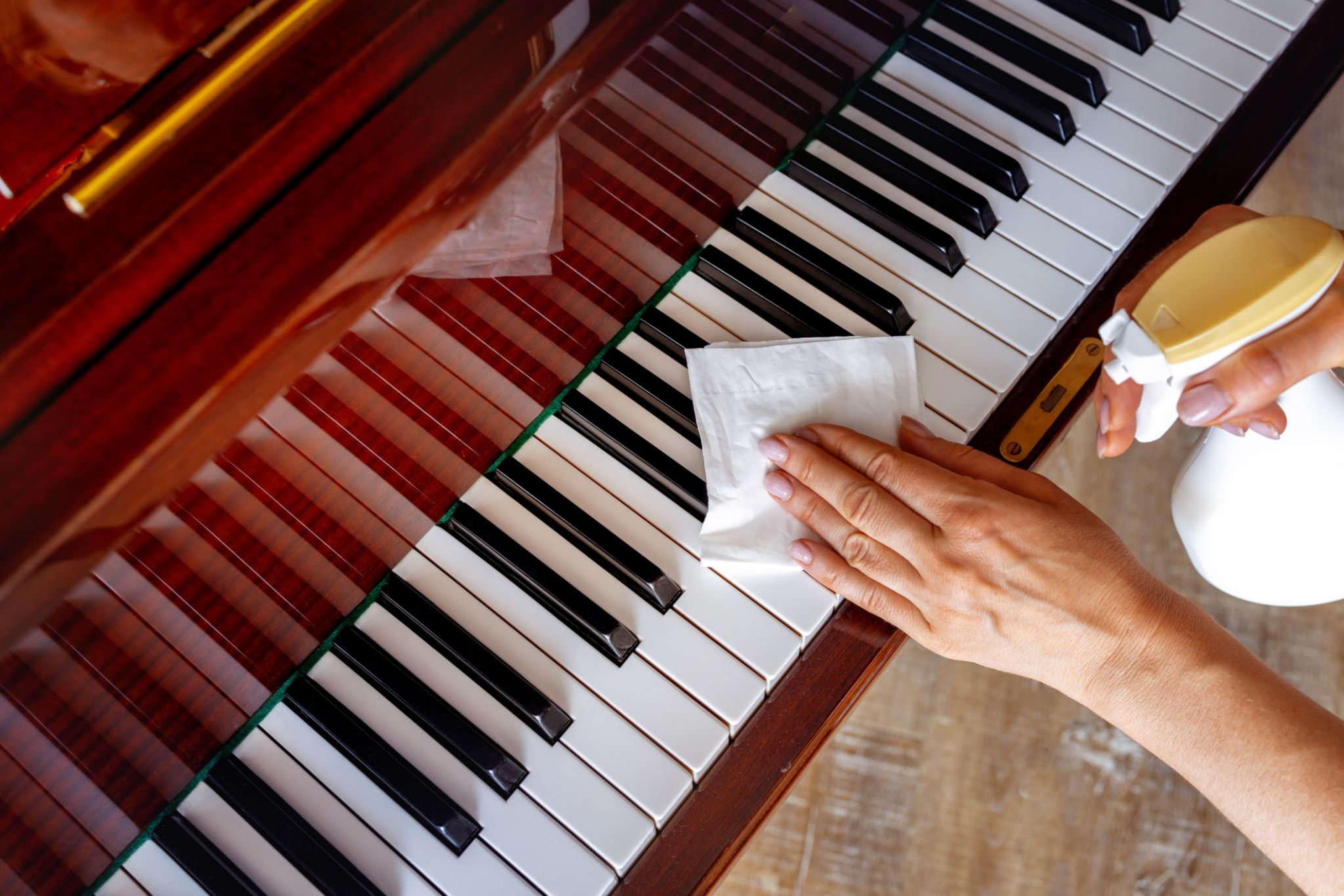Seasonal Maintenance Tips for Your Piano in New York's Climate
Understanding New York's Climate and Its Impact on Your Piano
New York's climate, known for its pronounced seasonal shifts, can pose challenges for maintaining the health and sound quality of your piano. The fluctuating temperatures and humidity levels throughout the year can lead to wood expansion and contraction, affecting tuning stability and overall performance. Understanding these environmental impacts is the first step in ensuring your piano remains in top condition.
During the winter months, indoor heating can cause the air to become excessively dry. This lack of moisture can result in the wood of your piano shrinking, leading to tuning issues and potential cracks. Conversely, the humid summer months can cause the wood to swell, which may also affect the piano's tuning and action.

Winter Care: Combatting Dry Air
To protect your piano during the cold New York winters, it's crucial to maintain a stable indoor humidity level. Ideally, aim for a relative humidity level of 40-50%. You can achieve this by using a humidifier in the room where your piano is located. Additionally, avoid placing your piano near heat sources such as radiators or fireplaces.
Regular tuning is especially important in winter. Schedule a tuning appointment at the beginning and end of the heating season. This ensures that any changes caused by dry air are addressed promptly, keeping your piano sounding its best.

Summer Maintenance: Managing High Humidity
Summer in New York brings high humidity, which can cause your piano's wood to swell. To mitigate this, consider using a dehumidifier to maintain optimal humidity levels. Air conditioning can also help regulate the temperature and humidity in your home, providing a stable environment for your instrument.
It's also advisable to have your piano tuned more frequently during the summer months to counteract any effects of increased moisture. Consistent tuning helps maintain the sound quality and prevents long-term damage.
The Importance of Regular Cleaning and Inspection
Keeping your piano clean is another essential aspect of seasonal maintenance. Dust and dirt can accumulate both inside and outside of the piano, potentially affecting its performance. Use a soft, damp cloth to wipe down the exterior surfaces regularly, but be cautious not to allow moisture into the instrument's inner workings.
In addition to cleaning, regular inspections by a professional technician are vital. They can identify potential issues early on and provide necessary repairs or adjustments before they become major problems.

Protecting Your Piano from Temperature Fluctuations
Avoid placing your piano near windows or exterior walls where it may experience temperature swings due to drafts or direct sunlight. These fluctuations can lead to warping or other structural problems. Instead, position your piano in an area with consistent temperature and limited exposure to environmental changes.
If moving your piano becomes necessary, ensure that it's done professionally to prevent damage from improper handling or sudden exposure to extreme conditions.
Conclusion: Year-Round Attention for Longevity
Maintaining a piano in New York's variable climate requires attention throughout the year. By managing humidity levels, scheduling regular tunings, and keeping up with cleaning and inspections, you can safeguard your instrument against seasonal challenges. With proper care, your piano will continue to bring joy and beautiful music into your home for many years to come.
